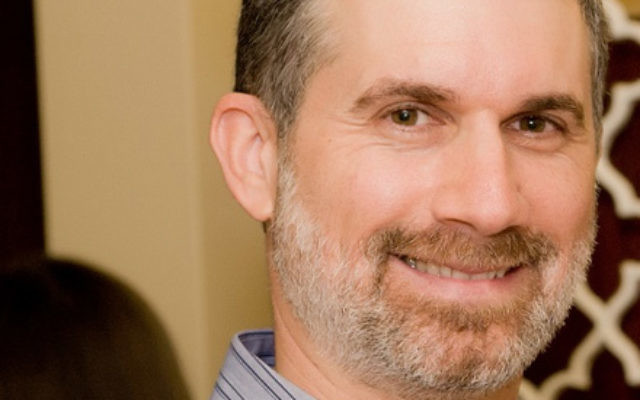New Age of Doctor-Patient Communication
By David Shapiro / DrShapiro@CompleteSpineSolutions.com
My mother-in-law, of blessed memory, was in the ICU at St. Joseph’s Hospital before her passing in December. The doctor on call made a visit by showing up on an in-room monitor.
My wife, who was with her at the time, was in shock, as this was her first experience with telemedicine. Statements like “How impersonal? How can he get any idea of what is going on in this room?” came flowing from her lips.
Although this was somewhat disarming, one thing’s for sure: This is the future. The traditional doctor-patient relationship is being challenged on all fronts unless you want to spend the money for your own concierge practitioner. I presume the people of the house-call era had to get used to traveling to the doctor’s office as well.
Personally, I am an early adapter to all things tech. I implemented complete electronic health records years before there was a push to do so. I purchased a hospital-quality digital X-ray when few in private practice were investing in making that switch. My office sign-in is an all-digital touchscreen iPad paperless process. I push the technology envelope at every turn, both clinically and administratively.
However, there is one area of my practice that is completely old school: my initial consultation and history-taking process. For that, I want to get to know the person in front of me. I want to hear what he or she is saying or, for that matter, not saying. I want to see body language. I cannot do that if my face is in front of a computer, inputting data. This no-tech, old-fashioned process of talking face to face, allowing the patient to discuss all health concerns, connects us and helps me to connect the dots to get to the root of the problem at hand.
Why would I go old school in this area when health care/medicine is not walking but running at light speed the other way?
There is nothing more important than that initial meeting. It’s when I get to know who my patients really are; I want to find out what makes them tick. I play Sherlock with the critical information I gather. This takes about 40 minutes of one-on-one time.
Ultimately, I want to see if I am the right doctor for the case in front of me. For that, I need laser focus and total concentration. This style also lends itself to a skill set that requires extensive training in listening skills. Truth be told, I am not a naturally attuned listener, yet it is a skill I’ve learned through necessity.
I have trained in this important life skill for my patients’ benefits. Although nowhere near perfect, I am getting better at it every day, even after over two decades in practice. I realize that this is not practical in most of today’s health care settings and that not every doctor or practice can afford to go through this time-consuming process.
My practice thrives through word of mouth. I rely on my patients to share with others their life-changing results, but it all starts with listening to them. Patients appreciate this time spent and feel it is incredibly refreshing as well as surprising; the feedback I get supports this approach.
The time it takes to keep up with governmental regulations, insurance requirements, privacy rules and the like forces doctors to have less face time with patients; the result is that impersonal doctor-patient relationships are the future.
The doctors I speak to are unhappy with this trend. We must all continue to find a way to invest precious time upfront with patients, even with all the challenges the current health care environment creates; only then can we develop a clinical strategy to help that particular patient live happier, healthier, stronger and longer.
Dr. David Shapiro, certified at the highest level in chiropractic biophysics, is the founder and chief wellness officer of Complete Spine Solutions in Tucker.




comments